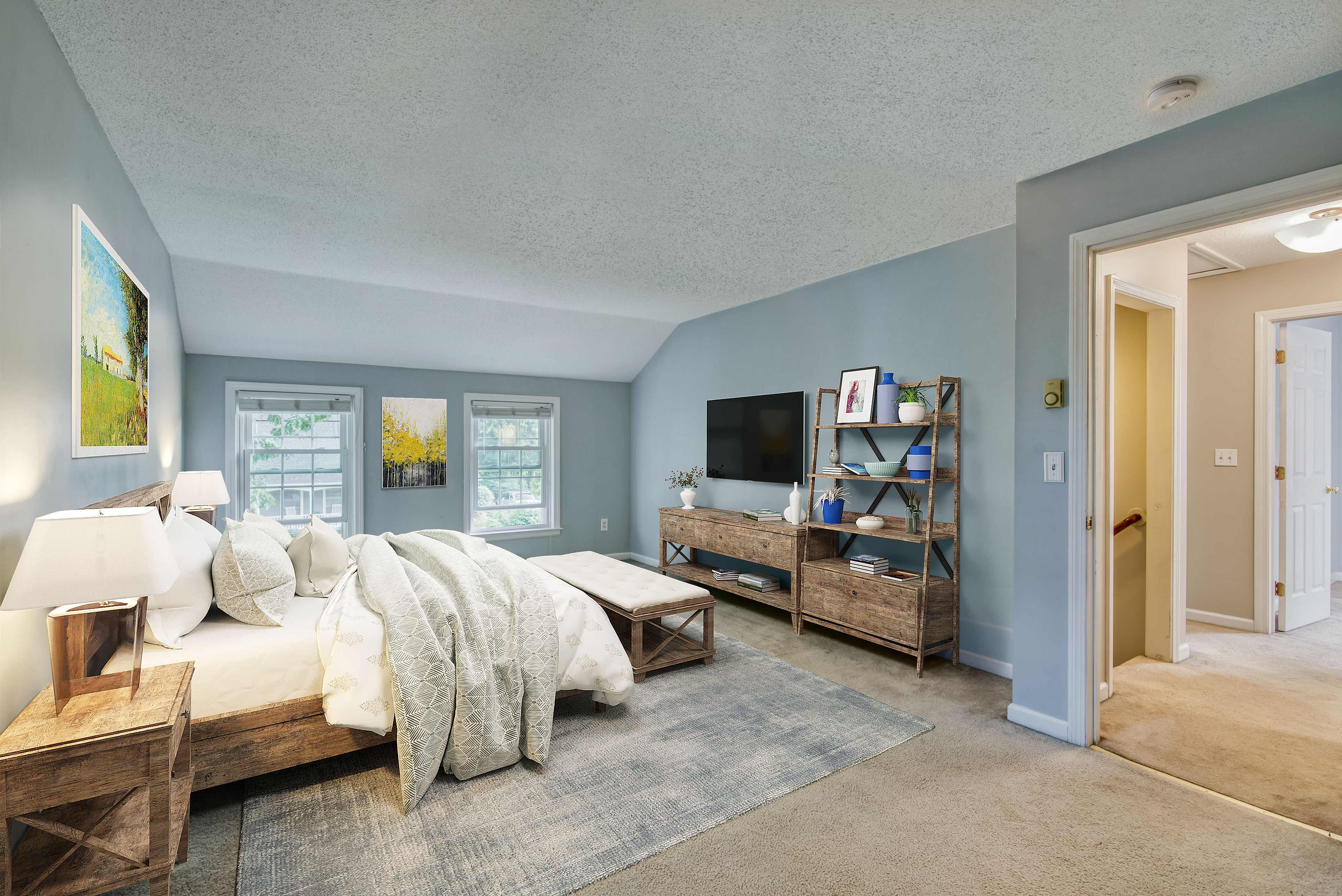Bringing Empty Spaces to Life: The Rise of Virtual Furniture Staging
In today’s digital real estate market, images matter more than ever. With most property buyers beginning their search online, showcasing listings in the best possible light is crucial. One of the most effective and affordable ways to enhance real estate photos is through virtual furniture staging. This innovative method digitally adds stylish furniture and decor to empty rooms, transforming blank spaces into inviting, fully furnished homes.
Virtual furniture staging is a computer-generated imaging technique that allows real estate professionals to stage a property without physically moving in furniture. Instead, designers use software to insert realistic 3D models of sofas, tables, beds, rugs, and artwork into photos of vacant interiors. This digital makeover helps potential buyers visualize how the space could be used, making the property feel more like a home—and not just a listing.

There are several reasons why virtual furniture staging has become a popular choice among real estate agents and property developers. Cost-efficiency is a major advantage. Traditional staging involves hiring furniture, movers, and designers, which can cost thousands of dollars. Virtual staging, on the other hand, typically ranges between $25 to $100 per image, depending on the service provider and complexity. It also saves time and effort, making it ideal for fast-paced markets or long-distance selling.
In addition to affordability, customization is a major benefit of virtual staging. Designers can tailor each room to fit different styles, such as modern, rustic, Scandinavian, or minimalist. This flexibility allows sellers to target specific buyer demographics more effectively. For example, a condo in the city can be styled with sleek, modern furnishings, while a suburban family home might benefit from cozy, traditional decor. Virtual staging can also remove or replace unwanted elements, such as outdated furniture, clutter, or even wall colors.
While virtual home staging is a powerful tool, its success depends heavily on the quality of the design and rendering. The best virtual staging services produce lifelike images with proper lighting, perspective, and scale. Poorly staged images can do more harm than good, making listings look artificial or misleading. That’s why it’s essential to work with experienced designers who understand interior styling and use professional-grade software.
Lastly, ethical use and transparency in virtual staging are important. While it’s perfectly acceptable to enhance images digitally, real estate professionals should disclose when photos have been virtually staged. Most reputable agents include a note in the listing or label the images accordingly. This builds trust with potential buyers and ensures that expectations align with reality during property viewings.
In conclusion, virtual furniture staging is revolutionizing how homes are marketed online. It combines design expertise with digital innovation to create warm, welcoming spaces out of empty rooms. With lower costs, quicker turnaround, and unlimited design options, it’s no surprise that virtual staging has become a go-to solution for savvy real estate professionals. As the housing market continues to embrace digital trends, virtual furniture staging is set to become a standard part of modern property marketing.
Comments
Post a Comment